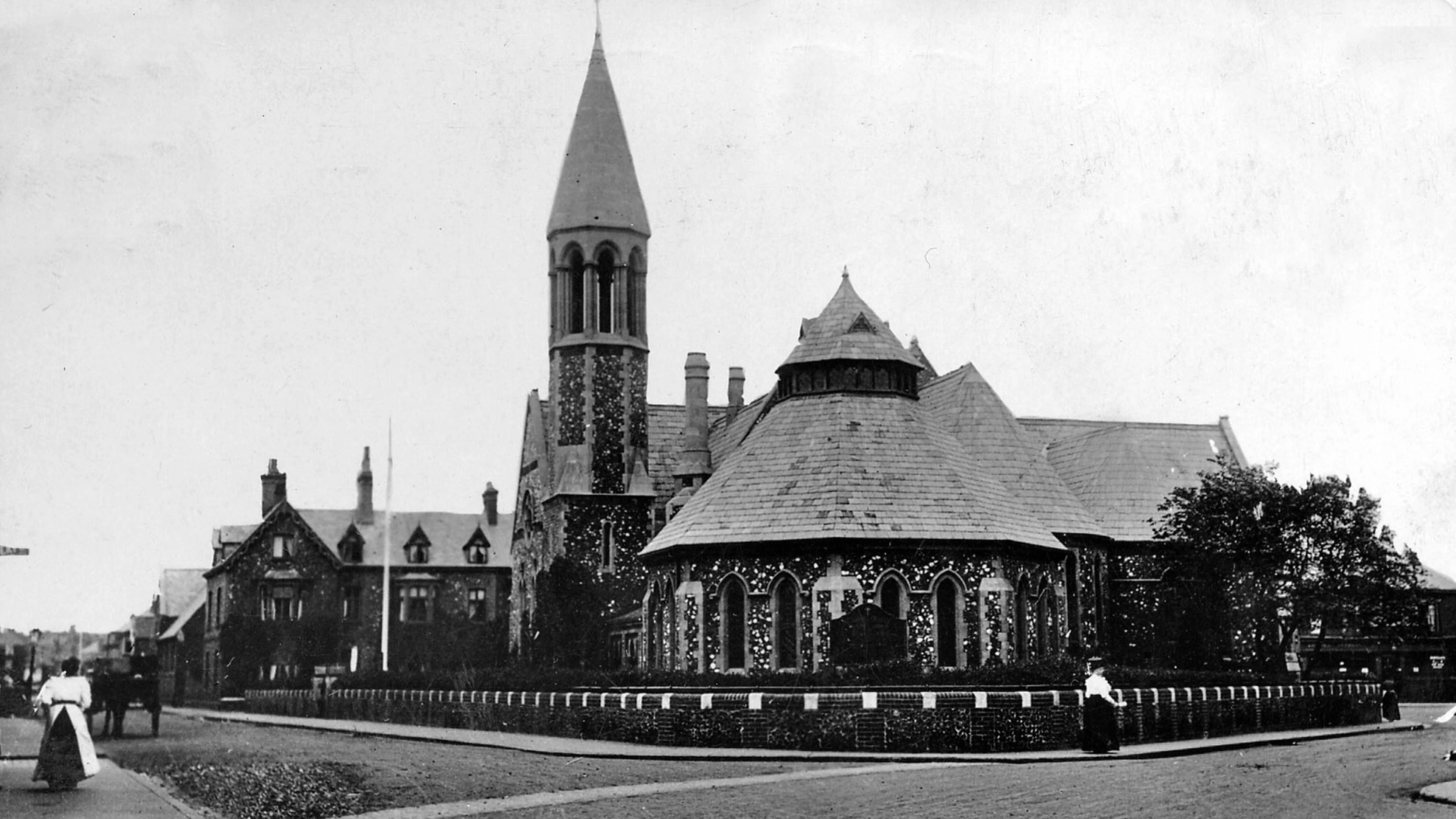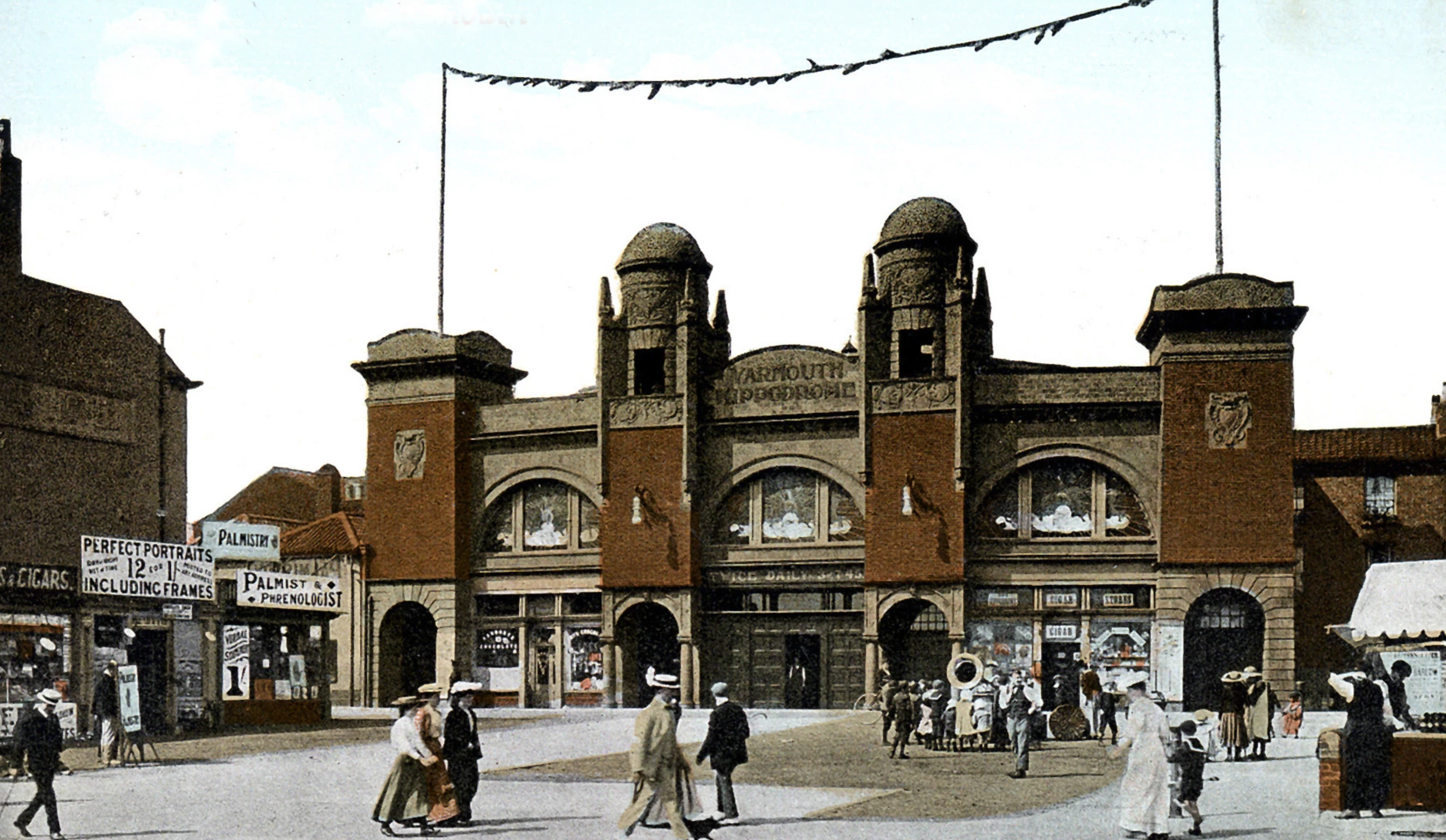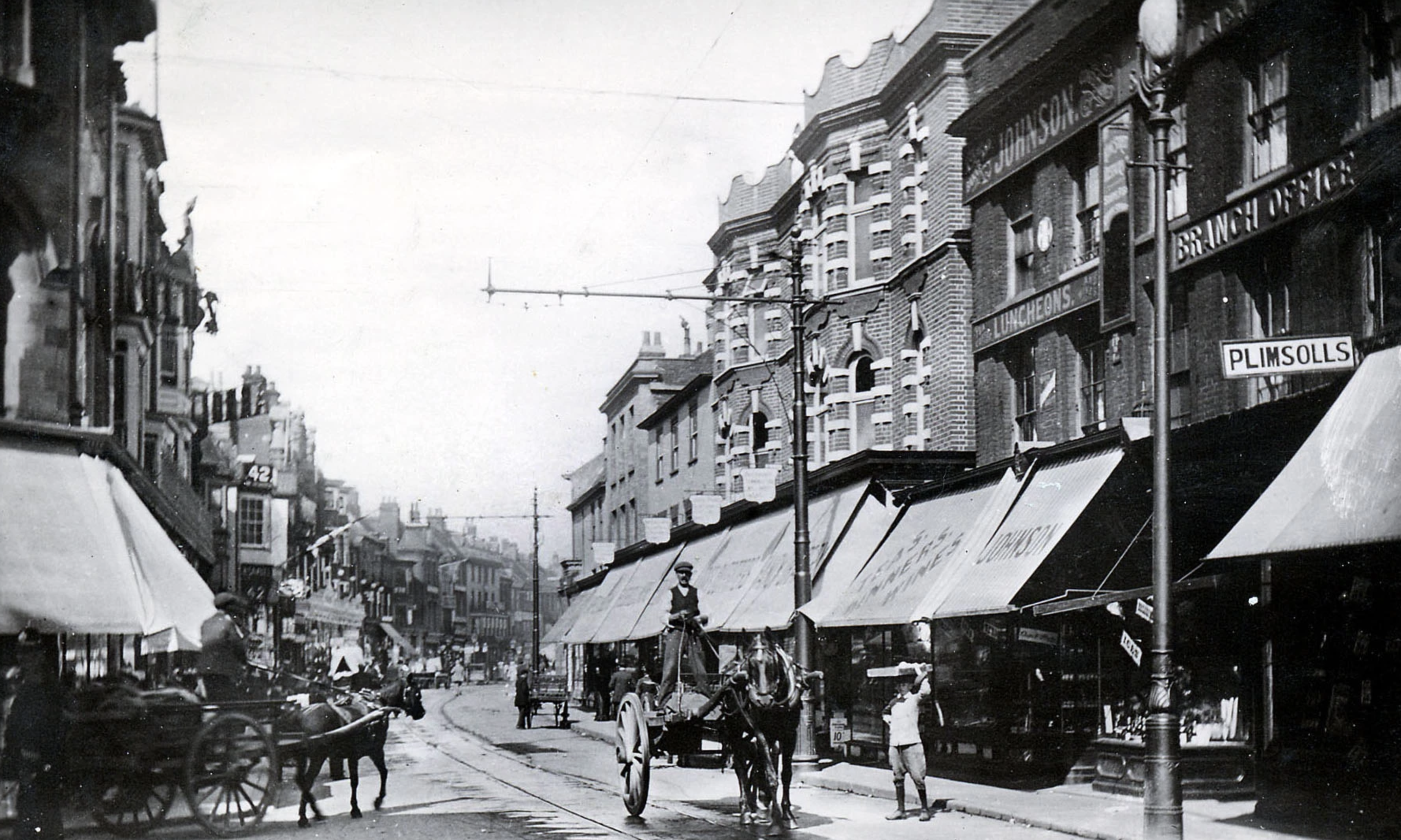Armoury, site of

The lodges, barrack block, armoury and workshop survive from the original Board of Ordnance store of 1806-1815. It was designed by James Wyatt (1746-1813).
The armoury was built to serve the naval fleet anchored in Yarmouth Roads during the Napoleonic War (1793-1815). There were parallel ranges of storehouses extending westwards from a quay on the River Yare to enclose a working area, which included a small magazine. In 1806, the armoury was built at a cost of £15,000. During the Napoleonic War, 10,000 weapons were stored at the armoury for the troops. It could also equip two ships of the line, four frigates and six sloops and carry out repairs to ships damaged in battle. Great Yarmouth was chosen for the site of such an establishment as Denmark had become an ally of France and it was important to stop the Danish fleet combining with the French fleet.
At the end of the Napoleonic War in 1815 the Government no longer required the armoury. In 1819, the weapons were sent to the Tower of London and the stores to Woolwich. The establishment was broken up and the premises were let as warehousing for grain and other uses. However, for most of the time it was not utilised. In October 1855, the Lichfield Estate offered the freehold of 197 acres in Southtown, which included wharves, warehouses, many dwelling houses, cottages and rich marsh land. Included in the sale was the armoury of three acres, two roods and 33 perches. The premises were described as follows: It has the very considerable frontage on the east to the river and is bounded by the capital Turnpike Road from London to Yarmouth. The property consists of very substantial buildings, known as the Armoury, on lease to the Government, all having good frontage with sufficient depth of water for vessels of heavy burden.
However, with the outbreak of war with Russia (Crimea War) in 1855 the armoury was converted into a barracks. Mr. W. England, a gentleman, was instructed by the Government to make the Armoury ready for the reception of the Militia Artillery. He had received from Mr. Robert Fenn, the storehouses and buildings. These premises had previously been in the possession of Mr. Watling, who used the buildings as granaries.
By the end of December 1855, the Norfolk Artillery had occupied the newly created barracks. Three regiments of Irish Militia subsequently occupied the barracks in succession (the Fermanagh, the Louth and the Donegal Militia). After peace with Russia the Norfolk Artillery Militia and the East Norfolk Regiment of Militia resided at the barracks. They were followed by troops of the line.
The officers’ quarters were in houses with gardens fronting Southtown Road. One of these house was occupied by the ordnance storekeeper. There was a hospital in the barracks and, during the year 1878, 74 troops were admitted to the hospital. The average annual number of the men in the barracks was 121 and the average number of daily sick was 3.37. In 1878, at a medical inspection of the hospital it was stated that it formed the north part of the barrack square. Candles and oil lamps supplied light. As to the barracks; the latrines and urinals were flushed daily and emptied into the river at low water. The ash pits were also emptied daily. The officers’ latrines were on a cesspit system and lime was used as a disinfectant. Bedding was a straw palliasse, two blankets, one rug and two sheets. An extra blanket was available in severe weather.
When the military withdrew from the premises in 1889, the property was put up for auction, but received no bids and was withdrawn. By 1890, the Armoury had been condemned as being unfit for habitation and in 1891 J. & J. Colman of Norwich purchased the site. They had also acquired the warehouses adjoining the barracks. The site was used for the storage of rice and grain for the manufacture of mustard at their Norwich factory.
In 1941, the site alongside the river was considerably damaged in bombing raids during the Second World War. After the Second World War the premises were used for offices and light engineering work. Today (2016) the premises are occupied by Atlantic Marine and Aviation (on the site that was bombed), Abbey Chemicals and Elm Contracts.
In 1982, a cannon (of the Armstrong pattern) dating to the mid-18th century was discovered by the brick gate pillar of the premises. On 25th February 1982 it was unearthed by the Great Yarmouth Archaeological Society and placed on a replica carriage outside the Fisherman’s Hospital in the Market Place, but moved a few years ago to the Quay opposite the Town Hall. A further cannon was unearthed in 2014.
Demolished buildings on the site include two parallel ranges of storehouses, which ran from the east side of the Armoury to the riverside. They were built to a common plan: each storehouse was a single-storey building of 15 bays divided into stores of 5 bays. The rear walls of these stores formed the perimeter wall of the site.
Adjacent to the Armoury was a magazine, which was built to an adapted version of the standard Board of Ordnance Magazine plan, but was half the length (35 feet as opposed to 64 feet). Other buildings which no longer remain include the officers' quarters, stable, chaise house and fire engine house, all of which occupied a single-storeyed building on the south site of the site, west of the armoury. The property is Grade II listed.



